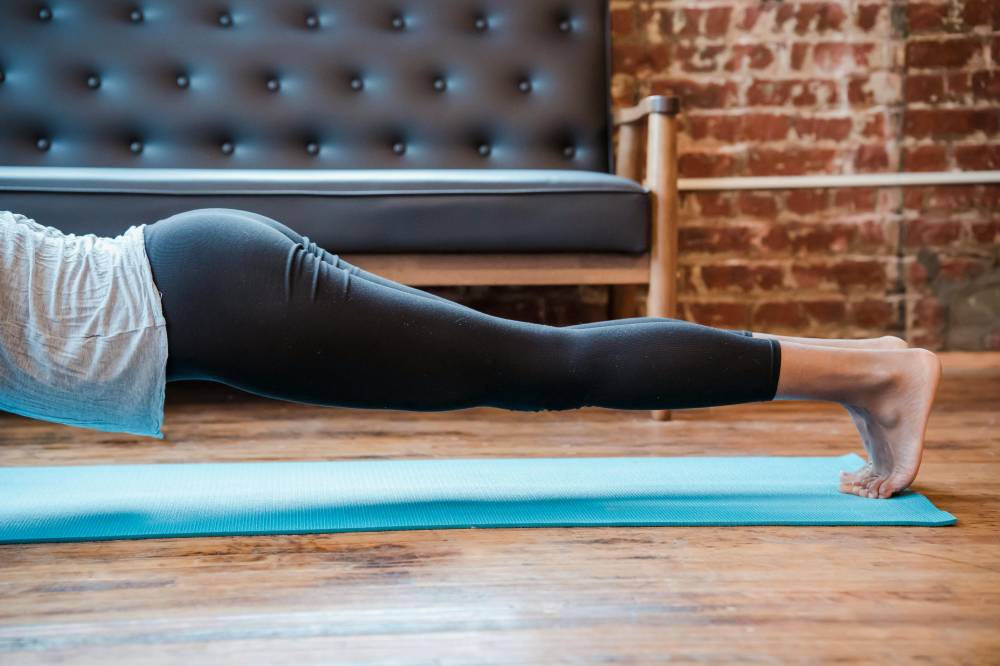Why you need to strengthen your pelvic floor muscles

It supports your upper body weight, helps you sit, stand, walk and run, and protects your intestines, bladder and other organs found in the area between your abdomen and legs. Yet few people realize just how crucial the pelvis is—and how we need to take good care of it—until something goes wrong. “The goal of pelvic health is to ensure your pelvic floor muscles are strong,” says Dr. Ana Melissa H. Cabungcal of the Department of Urology of Makati Medical Center (MakatiMed).
“When your pelvic floor muscles are strong, you can easily contract and relax them, thus allowing you to control when to release or withhold pee, poo and gas. For women, contracting the pelvic floor muscles enhances sensation during sexual intercourse. Strong pelvic floor muscles are also essential during pregnancy because they support the weight of your growing baby inside your womb.”
Time and circumstances weaken these hardworking yet often overlooked group of muscles. “Childbirth and surgery can affect pelvic floor muscles’ strength, as can overuse from heavy lifting, coughing and constipation,” Dr. Cabungcal says. “For older women, menopause and aging cause pelvic floor muscles to lose their strength.”
The weakening of these muscles results in incontinence—the uncontrollable peeing, pooping or passing gas when you cough, sneeze, laugh or lift heavy objects. Untreated incontinence could escalate to pelvic organ prolapse, or the protrusion of the uterus, rectum or bladder in the opening of your vagina.
How do you keep your pelvic floor muscles strong and healthy for many years?
Maintain your ideal weight. “Being overweight places pressure on the organs in the pelvic floor. It also increases your risk of developing incontinence and pelvic organ prolapse,” notes Dr. Cabungcal. Regular physical activity coupled with portion control and smart food choices benefit not just the pelvis but your overall health and well-being.
Do Kegels and other pelvis-friendly workouts. Pronounced “kee-gulls,” Kegels are exercises aimed at strengthening pelvic floor muscles. “There are several whole-body Kegel exercises, but the key to knowing if you’re doing a Kegel right is if you can stop yourself from peeing midstream and passing gas at the same time, and hold them for three seconds before releasing,” says Dr. Cabungcal. Apart from Kegels, you can also practice yoga and perform lower ab exercises like bridge and wall squats, and the classic jumping jacks.
Be mindful of your reproductive and digestive health. Eating fiber and staying hydrated to avoid constipation and using protective measures to prevent sexually transmitted diseases can also benefit the pelvic floor muscles. “It’s also a must to avoid straining or pushing pee or poop too hard. Don’t rush—take your time in the toilet and let nature do its job,” says Dr. Cabungcal.
When Kegels can only do so much or if you’re feeling pain or discomfort in your pelvic area, it’s time to make an appointment with your doctor.
“Your healthcare specialist can address any infections with medications, offer other ways to deal with your incontinence, and recommend surgery to correct a prolapse,” Dr. Cabungcal says. “The effects of weak pelvic floor muscles are nothing to be ashamed of. And you don’t have to live with them. Let your doctor help you.”
Contact MakatiMed On-Call at tel. 88888999; email mmc@makatimed.net.ph; visit makatimed.net.ph.

















